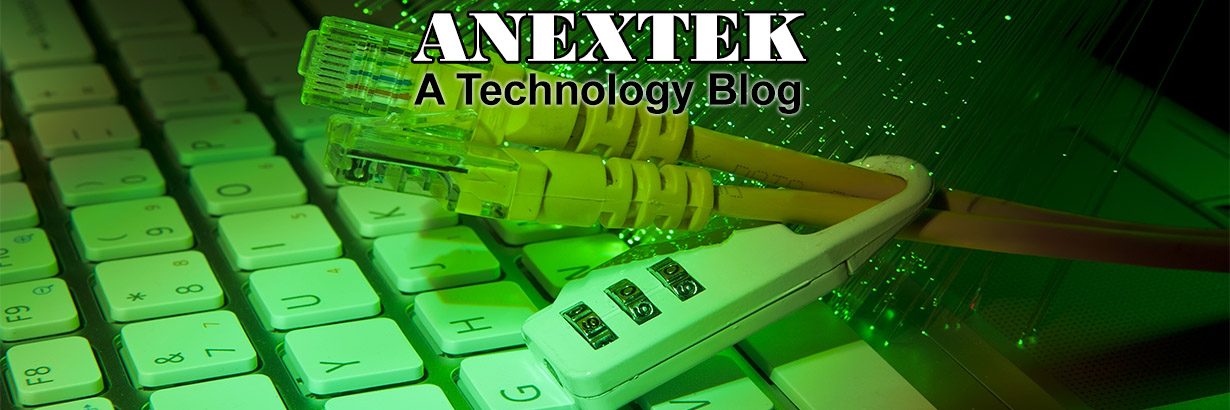Summary: Downtime can cause chaos in a command center. Plan ahead by coordinating with backup generators and other power supplies.
Keeping all of the local command center workstations and video walls running 24/7 is a major component of running an effective security station. However, it requires a significant amount of work.
There must be a definite line between critical and essential. Critical pieces must always be prioritized, while essential equipment could go either way. For instance, an essential system can wait for a bit while the backup generator kicks, but critical systems on the other hand cannot afford any downtime whatsoever.
Coordination
By coordinating the generator and start-up times, it’s best to opt for multiple systems as opposed to a central unit. It’s inefficient to rely on a single system and critical applications may require up to 30 minutes to reboot. What happens if the central system does not start after the 20 seconds that it normally takes? Your company could be in utter darkness for that span of time.
Buying Quality
Purchasing large batteries isn’t cheap. However, many business owners look to cut costs by buying battery systems for less money so they can spend the remaining balance on newer equipment. But, what’s the use for all this expensive equipment if blackouts are costing you more money in the long run?
Invest in a system that can perform optimally during a crisis and can coordinate effectively with one another. Experts A/V integrator recommends that you speak with the vendor of your choice and calculate the power requirements that you need for a central security station. Always plan for growth and never undersize your equipment. For example, expect the battery system to be loaded 80% of the time, which leaves you with 20% for headroom.
